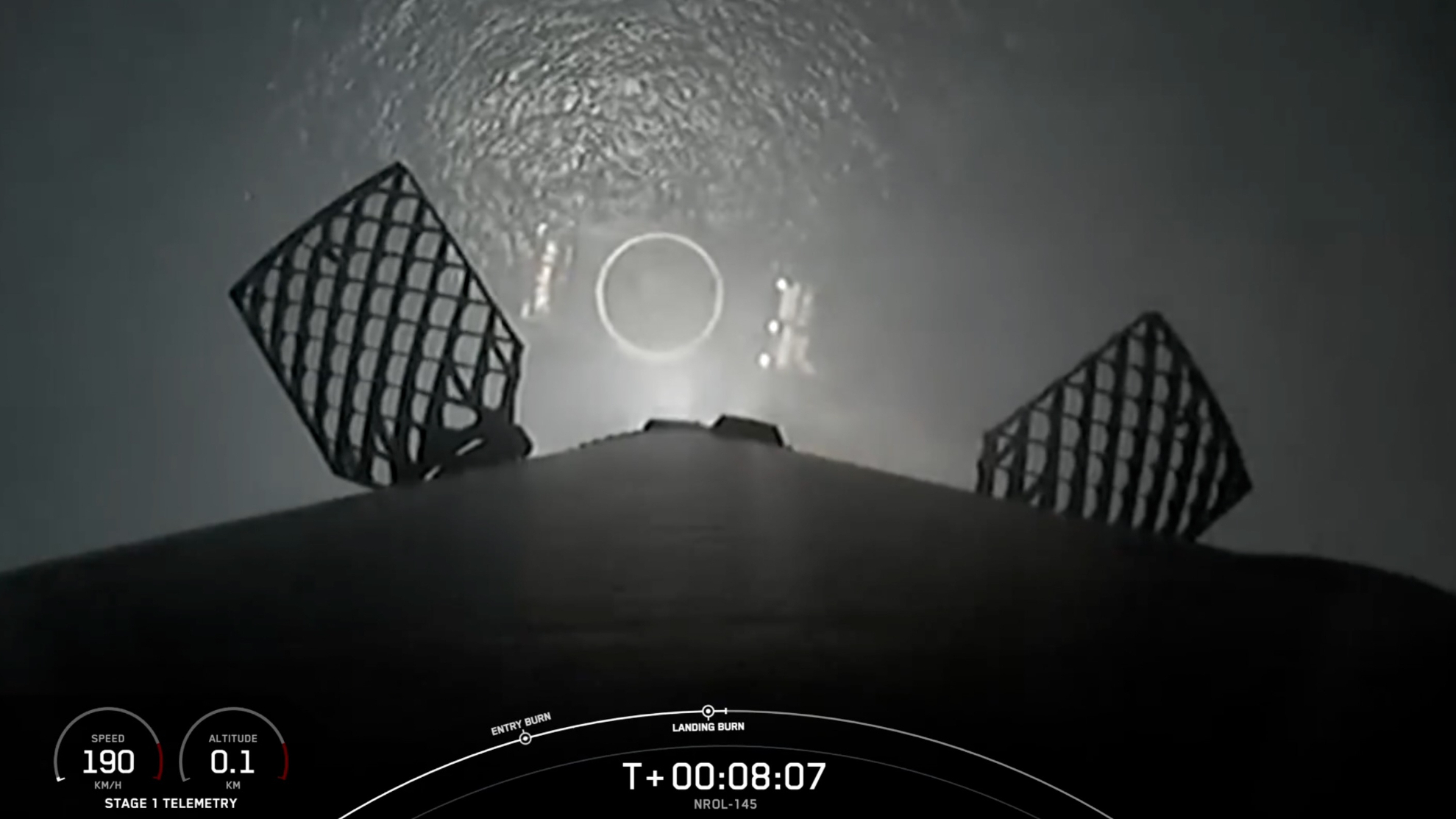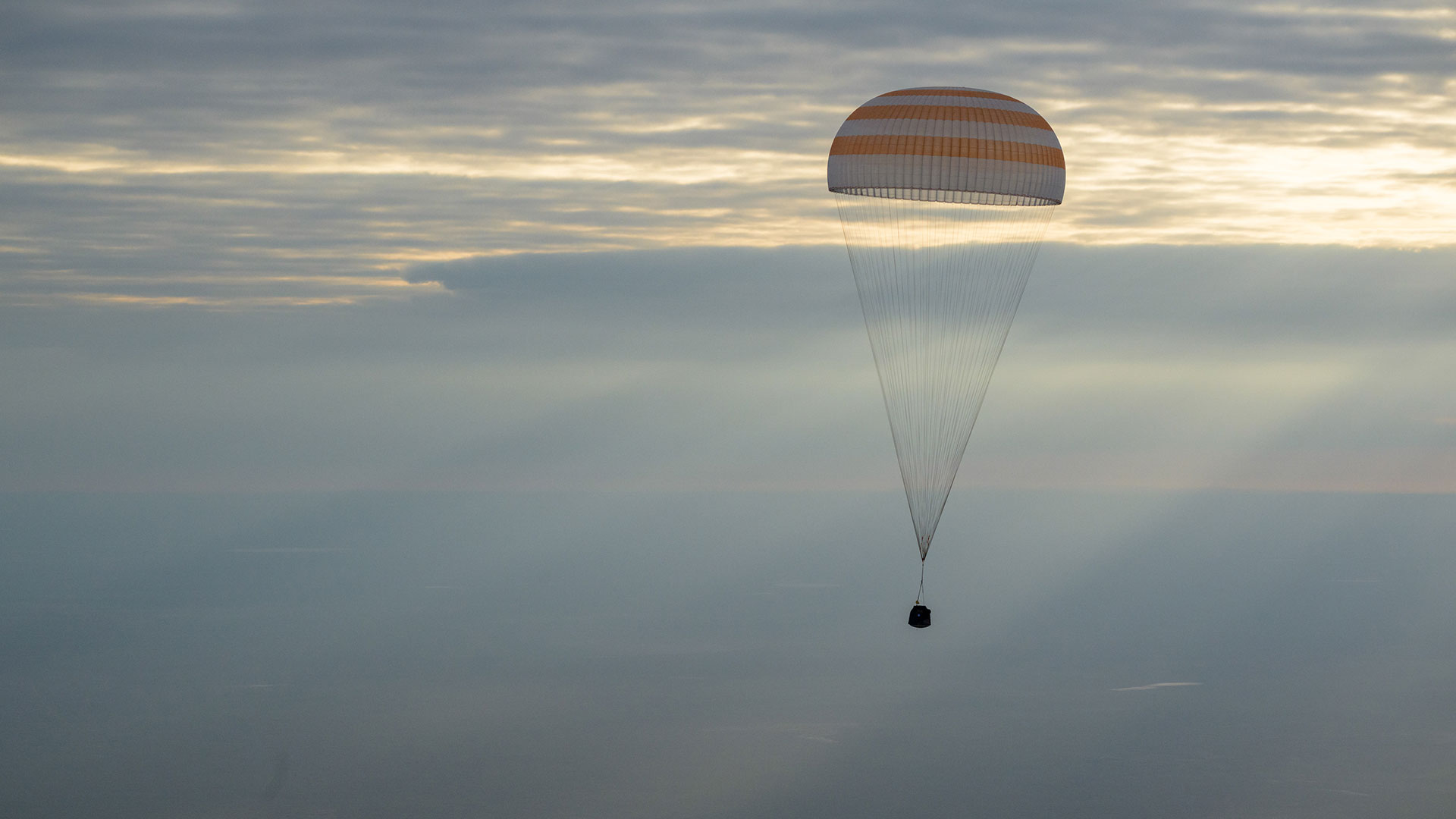ESA Video Shows How to Hack Your Webcam to See Infrared Radiation
A new video from the European Space Agency (ESA) provides step-by-step instructions for how to modify an inexpensive webcam so that it sees infrared light.
The best webcams for this hack are those that have manual focusing rings, an ESA spokesperson says in the video, which is part of the agency's "Teach with space" project. The ring can be removed to give easy access to the camera lens and the infrared filter. Most cameras have infrared filters, which block infrared light so that they capture the clearest images. To make a webcam see infrared light instead of just light on the visible spectrum, you'll need to remove that filter.
Step one, then, is to remove the manual focusing ring on the outside of your camera''s lens. Once that is done, you'll see a piece of glass with a red-green tint, according to the ESA spokesperson. That's the filter you'll need to remove. [Orion Nebula Is Stunning In Near-Infrared Light (Video)]
To do so, insert a sharp, small pin into the side of the filter. When you push up on the filter with the pin, it should pop right out. But depending on how tightly it sits in the camera, the filter may shatter, so it's important to be careful to avoid cutting yourself.
After you remove the filter, reattach the manual focusing ring. Your camera should now be ready to view objects at infrared wavelengths.
The experiment shown in this video compares the infrared images of a real plant with images of a fake plant, since the ESA uses infrared cameras to check on crops here on Earth.
"Living plants have no real use for infrared light," the ESA spokesperson says in the video. "Therefore, they reflect most of it."
Get the Space.com Newsletter
Breaking space news, the latest updates on rocket launches, skywatching events and more!
In the image she shows from the modified webcam, we can see that the living plant shows up much brighter than the fake plant. That's because it's reflecting most of the infrared light while the fake plant absorbs it.
To make the infrared reading even stronger, you can use polarized filters to block most of the visible light. Tape two polarized filters, — one vertical and one horizontal — to the front of the camera lens. Once that is done, the filters shouldn't allow light on the visible spectrum to pass through, and your camera will pick up almost only infrared wavelengths.
This is clear in the video, as the two plants we looked at before are now much brighter (the living plant) and much darker (the fake plant).
Infrared cameras like these are used on satellites to examine the health of vegetation on Earth. Brighter spots, in which the plants are reflecting more infrared radiation, show healthy plant life in that area, while darker spots show that the crops aren't doing well.
Space.com senior producer Steve Spaleta contributed to this report.
Follow Kasandra Brabaw on Twitter @KassieBrabaw. Follow us @Spacedotcom, Facebook and Google+. Original article on Space.com.
Join our Space Forums to keep talking space on the latest missions, night sky and more! And if you have a news tip, correction or comment, let us know at: community@space.com.

Kasandra Brabaw is a freelance science writer who covers space, health, and psychology. She's been writing for Space.com since 2014, covering NASA events, sci-fi entertainment, and space news. In addition to Space.com, Kasandra has written for Prevention, Women's Health, SELF, and other health publications. She has also worked with academics to edit books written for popular audiences.









